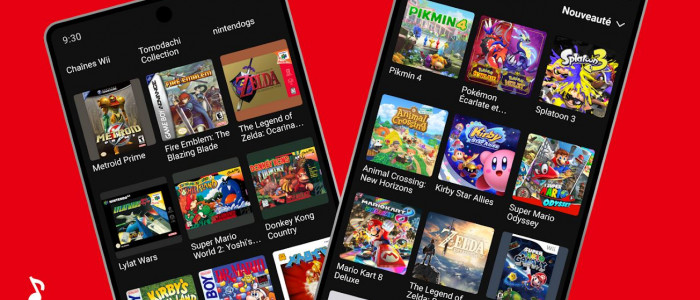“ For service providers, mobility is an effective way to track their customers through different applications. “But many people tend to be against ‘over-the-top’ applications on smartphones, while fixed-mobile convergence solutions, driven by the GSM network, make it possible to distribute so-called smart mobile applications,” adds Bertrand Bourcelot. “Some companies clearly want to keep the best of both worlds: using the traditional infrastructure for voice communications and using collaborative and video conferencing applications (Teams, Zoom, etc.) that are open to mobility.
Richard Aubry, founding president of Networth Télécom in 2001 in Clichy (publisher and operator; €26 million, 55 employees), is on the same wavelength: “ UCaaS Platforms [unified communications as a service] Mobile phones will be among the most dynamic growth drivers in France in the coming years.. »
The use of cloud infrastructures has enabled these developments (reading box). New platforms accommodate instant messaging (chat), video conferencing, collaborative applications, shared calendar with room reservation, etc.; They also allow the integration of data from CRM (customer relationship management), ERP (enterprise resource management) or vertical business applications.
Strategic Mergers
This explains the recent mergers between telecom operators and equipment manufacturers/publishers such as Bouygues Telecom and Cisco (Bflex-Webex offer). It is also the case between Microsoft and Vodafone (Teams phone) or between Microsoft and Destiny, for the “integrated mobile communications platform for enterprises” again with Teams. Let us also cite Deutsche Telekom with Zoom, or T-Mobile with RingCentral.
The same applies to Orange (OBS, Business Services) on fixed networks, mobile communications and data centers with its “Working Together as a Service” offer; you can find all the unified communications and collaboration tools there.
The challenge is to combine the functions of unified communications and mobile (5G or 4G LTE). Gradually, the coexistence of the historical voice network of operators and Voice over IP (Internet Protocol) managed by integrated applications and using data networks, as WhatsApp does, will disappear.
The new offerings provide all the functionalities of collaborative communication on one device (smartphone) without necessarily having to use a computer. As Didier Lambert, founder of the monitoring platform HubTic points out, “ Today, it is no longer necessary to have a specific calling app on your mobile phone to make a professional call. To maintain the quality of voice communications, some operators continue to send them over their voice network rather than the data network. At the same time, it is true that their networks are becoming “smart” (or “software-defined”). They are already training in artificial intelligence.
Read also :Tribune | Are CEOs as Athletes as Everyone Else?

“Devoted gamer. Webaholic. Infuriatingly humble social media trailblazer. Lifelong internet expert.”





